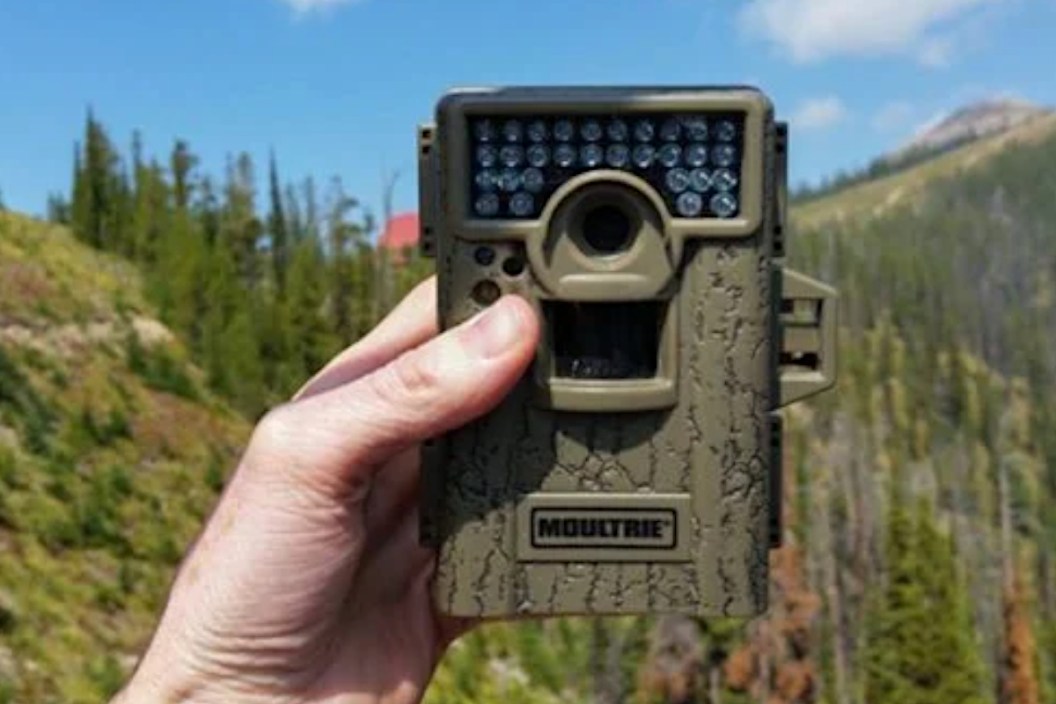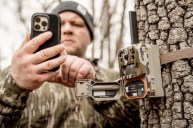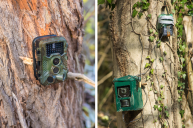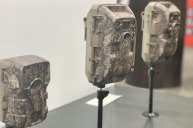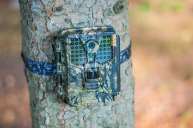Trail cams have come a long way and have become a little complicated...Here's some help.
These days, it's hard to imagine hunting a property without a little knowledge about the deer activity from the use of trail cams. A lot of hunters use these things in a big way.
Really though, as long as you aren't spooking out all the deer by checking them all the time, then who cares, right? However, when you get down to it, there's a few misconceptions that have been floating around about trail cams lately.
As technology grows, so does the inner working of these devices. Hopefully we can clear some things up.
1. You don't need high MPs to get the best pictures.
Megapixels, or more commonly just called MPs, are the modern definition of what makes a quality picture. Well, that very well may be true for high dollar DSLRs, but for trail cams, there's just more to it.
Moultrie has got this figured out. Their cameras offer a range of options when it comes to taking pictures starting at 9MP through 20MP, all with higher quality sensors than their competing counterparts.
Once those MPs get so high though, more megapixels are being digitally added by an inner computer after the fact. It does nothing to enhance the quality of the picture. Lower MPs, with the right sensor, will blow higher MP cameras out of the water.
2. Trigger speed is a big deal if you want to see more game.
If you are buying a trail cam and not paying attention to the trigger speed, you are missing out.
Trigger speed is simply the amount of time it takes a trail cam to snap a picture after it detects motion. Perhaps you have a deer that is moving pretty quickly across a trail where your camera is set up. Some cameras take up to a few seconds to snap a picture. If that deer is on the run, you'll never see it.
Trying to find a camera that offers less than 1/2 second trigger speed is optimal.
3. What's the deal with the field of view?
This is sort of a strange topic and can be a little confusing. For example, trail cams can only take a picture when they see something, obviously. The field of view determines this based on an angle of detection inside the camera.
Large field of views are great for open areas. Small field of views are great for close quarters. Which field of view you need depends on where you are going to put your camera.
Sometimes you don't have to worry nearly as much with field of view, as long as you're using the right tools for the job. Take, for instance, the Moultrie Panoramic 180i Game Camera. There is literally a 180-degree field of view with this stellar camera, and it holds a 50-foot detection range.
4. No Glow vs Red Flash?
A majority of cameras these day use no glow technology behind their flash. With this, there is still a flash, however the flash is just above the spectrum of light that humans or animals can see.
Remarkably, it's still captured on the picture, unbeknownst to the game animal.
Red flash cameras actually emit a flash of red light to take the photo. Which is better? It's hard to say, but each can produce high quality photos with great detail.
Red flash is typically the brighter of the two, and therefore has a longer flash range. "No glow" flash has a different unique advantage: It's completely invisible to the animal, but at the cost of flash range.
For most, they'd agree that red flashes tend to produce the best, clearest picture. They also tend to be a little less expensive.
5. What is detection range and flash range?
Despite some common beliefs, these are absolutely not the same. The flash range is simply how much of the area the camera is going to illuminate when it takes a picture. The detection range is what you really need to pay attention to.
A lot of game cameras take pictures based on motion or based on body heat. Therefore, the detection range is how far out it can see an animal for the flash range to illuminate the area to take the picture.
As a final note, take into account your SD card. It's highly recommended to not skimp here. A card with a high capacity and high quality will allow for better and more photos to be captured.
Also, be careful not to pop your SD card in a camera on the way back to the truck. In some cases, those cards will get erased. Trail cam SD cards are meant for computers or devices designed to get those pictures off the card.
Take the necessary steps now, and you'll be able to watch your quality trail camera photos rise in volume, and your success rise right along with it.
NEXT: THE BIGGEST REASONS WHY FEEDING IS SO IMPORTANT TO GAME MANAGEMENT
